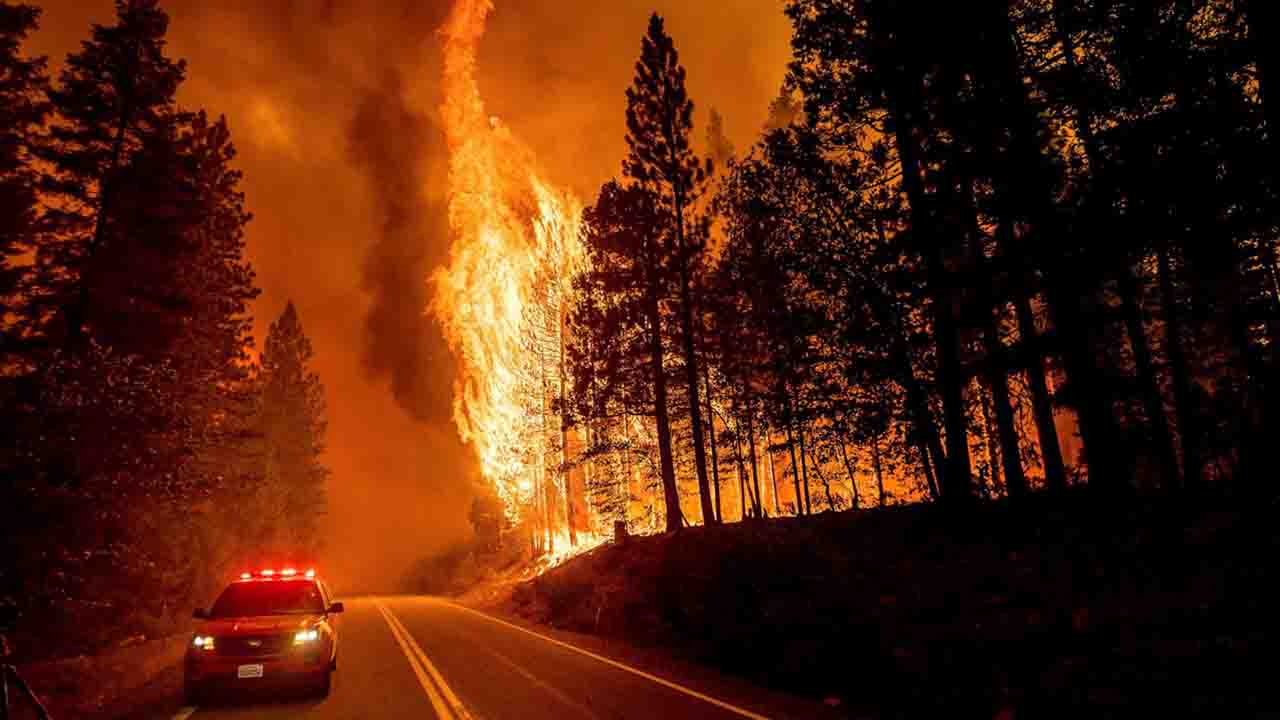Australia is known for its geological stability, but could extinct volcanoes in the country come back to life after thousands of years of dormancy? This is a question that scientists are exploring as they seek to understand the potential for volcanic activity in Australia.
Australia’s last known volcanic eruption occurred over 5,000 years ago, making it one of the most stable volcanic regions in the world. This stability is largely due to the location of the Australian plate, which is far from any tectonic plate boundaries and therefore less likely to experience significant geological activity.
However, there are some areas in Australia that are considered to have a higher risk of volcanic activity. These areas include the central and eastern parts of the country, which are known for their hot springs and geothermal activity. These areas also contain a number of dormant or extinct volcanoes, which scientists are monitoring for signs of activity.
There are several factors that can cause an extinct volcano to become active again. One of the most significant is changes in the Earth’s mantle, which can cause magma to rise to the surface and trigger an eruption. Another factor is changes in tectonic activity, which can increase the likelihood of an eruption by creating new magma pathways to the surface.
Scientists are using a range of techniques to monitor volcanic activity in Australia, including seismology, geodetic surveys, and remote sensing. By monitoring changes in ground deformation, seismic activity, and gas emissions, they are able to detect any signs of increased volcanic activity and respond accordingly.
In the event of a volcanic eruption, there are several measures that can be taken to mitigate the impact. These include evacuating populations from areas that are at risk, establishing emergency shelters, and distributing supplies and aid to those who have been affected. In addition, scientists can use early warning systems to alert populations to the potential for an eruption and provide them with the information they need to prepare.
Despite the low risk of volcanic activity in Australia, it is important to be prepared for the possibility of an eruption. This means investing in research and monitoring programs to better understand the potential for volcanic activity, as well as developing and testing response plans in the event of an eruption.
In conclusion, while Australia is considered to be one of the most stable volcanic regions in the world, the possibility of extinct volcanoes coming back to life cannot be ruled out. Scientists are working to better understand the potential for volcanic activity in the country and to develop response plans in the event of an eruption. It is important to remain vigilant and prepared for the possibility of a volcanic eruption, in order to minimize the impact on populations and the environment.
Australia is home to a number of volcanic features, including hot springs, geysers, and dormant or extinct volcanoes. Despite its geological stability, there is evidence that volcanic activity has occurred in Australia in the past, with the most recent eruption estimated to have taken place over 5,000 years ago.
The most well-known volcanic area in Australia is the central and eastern parts of the country, which are rich in hot springs and geothermal activity. This region is also home to a number of dormant or extinct volcanoes, including Mount Warning in New South Wales, which is one of the largest volcanic features in the region.
Volcanic activity in Australia is caused by the movement of magma from deep within the Earth’s mantle to the surface. This magma rises to the surface due to changes in the Earth’s mantle, as well as changes in tectonic activity. Scientists are monitoring these areas for signs of increased volcanic activity, including changes in ground deformation, seismic activity, and gas emissions.
Despite its stability, the possibility of an eruption in Australia cannot be ruled out. In the event of an eruption, populations in areas that are at risk would need to be evacuated, and emergency shelters established. Scientists would also use early warning systems to alert populations to the potential for an eruption and provide them with the information they need to prepare.
The Australian government recognizes the potential for volcanic activity in the country and has invested in research and monitoring programs to better understand the potential for volcanic activity. This includes the establishment of a national volcanic monitoring network, which provides real-time information on volcanic activity and allows for a rapid response in the event of an eruption.
In conclusion, while Australia is considered to be one of the most stable volcanic regions in the world, the possibility of an eruption cannot be ruled out. Scientists are working to better understand the potential for volcanic activity in the country and to develop response plans in the event of an eruption. It is important to remain vigilant and prepared for the possibility of a volcanic eruption, in order to minimize the impact on populations and the environment.
















